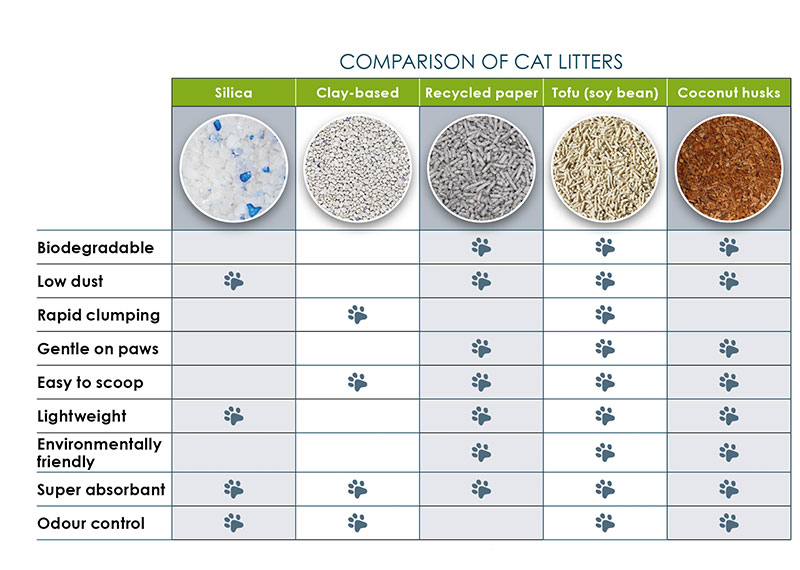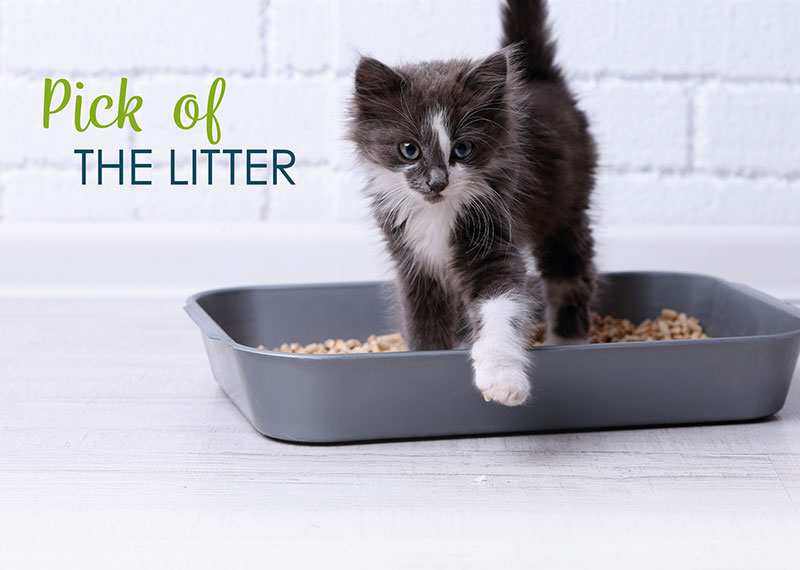Cat litter is one of those commodities that can be vulnerable to supply chain issues. As a relatively low cost, low margin product, the cost of transport can be absolutely key in ensuring that the product meets a retailer’s needs with enough margin to justify it being stocked.
Of course, most of us will also appreciate that litter can also be a traffic driver and the product that’s required in order to gain the rest of the shopper’s basket.
There may also be some education to do around cost of more premium litters that offer longer lasting solutions so that the higher pack cost is actually more economical than it might first appear.

For all these reasons, we’re alerting our customers to some news that will affect the supply of wood-based cat litters in particular this winter. The fuel crisis has been much discussed, and it is having a knock-on effect with wood across Europe in great demand as a biofuel. As much of the UK supply of wood cat litter comes from across the Channel, we anticipate a real shortage.
Forewarned, forearmed
So what do you need to do to prepare? Stocking alternative products is the way to go with this challenging situation. While stockpiling while product is available can be considered, it does mean tying up cash and also allocating valuable retail or storage space. For a product that doesn’t give you high returns on investment that might not be justifiable if you could use that space more profitably.
There are clearly many alternatives to wood, including recycled paper, clay and other minerals, nut shells, coconut husks, grains and silica. Cat owners might buy wood-based products because of their eco credentials in which case a switch to paper, husks or nutshells might be attractive. Dust reduction can be a big factor, especially in households where there are those with respiratory diseases, so those might favour silica or a recycled product. There may also be some education to do around cost of more premium litters that offer longer lasting solutions so that the higher pack cost is actually more economical than it might first appear.
All about the cat
Of course, the biggest and most unpredictable factor to consider in all of this is the cats themselves. Many cats have substrate preferences when it comes to the litter they will use. A gradual transition is ideal so warn customers ahead of time so they can mix some of their usual litter with a new litter choice.
Make sure that customers who are switching know some of the best tricks:
- Ensure the litter tray is not close to the feeding bowl
- Some cats like extra security – if a covered tray doesn’t work, try cutting the top and bottom off a cardboard box and placing the 4 sides around the tray
(with a cat sized door). - Don’t clean too often as odour can encourage use of the litter – around once per cat per day is a guide depending on litter and food type.
- For multiple cats, provide multiple litter trays to avoid conflict.
- If cats toilet outside the box cleaning with biological washing powder or a proprietary spray is essential. Covering the area in tin foil can make it unattractive to return to.
We’ll be working hard to bring you a great choice of litters at the right price and buying in wood-based litter when it’s available. In the meantime make your preparations and don’t forget to call our customer service team for the best deals on cat litter to preserve and even grow your margins.


